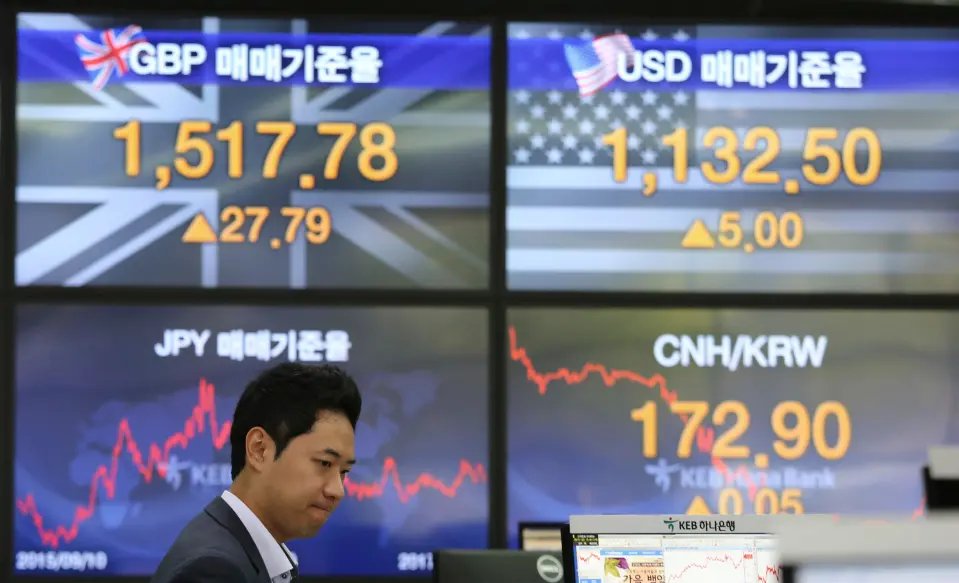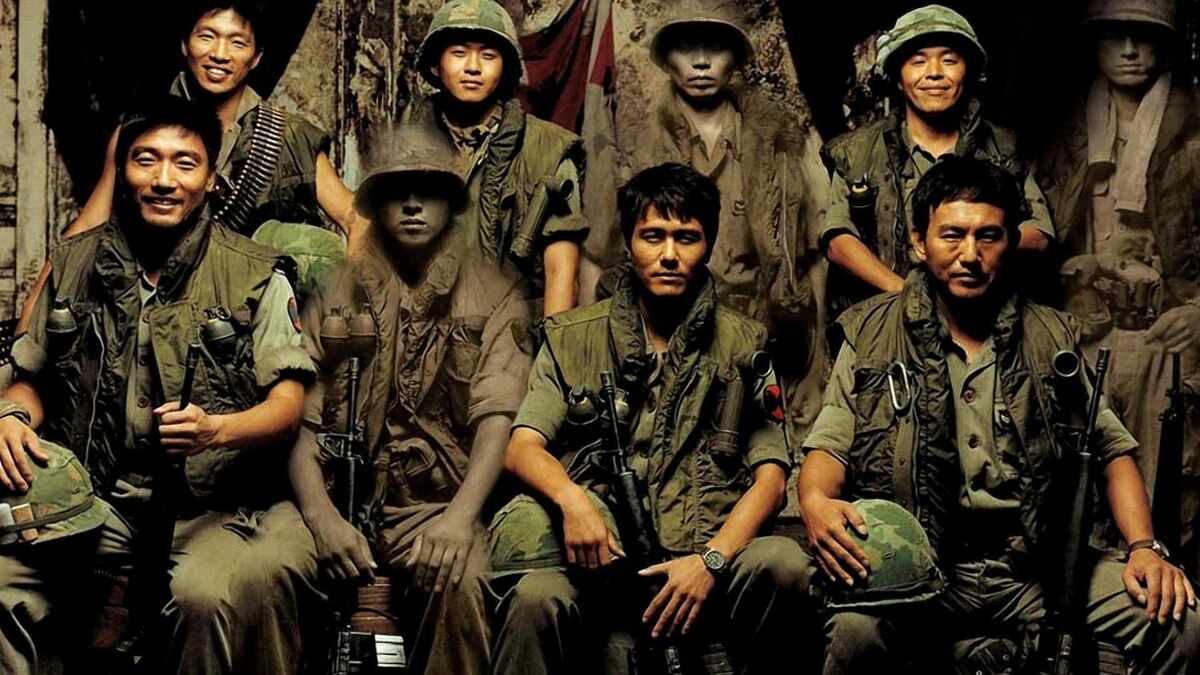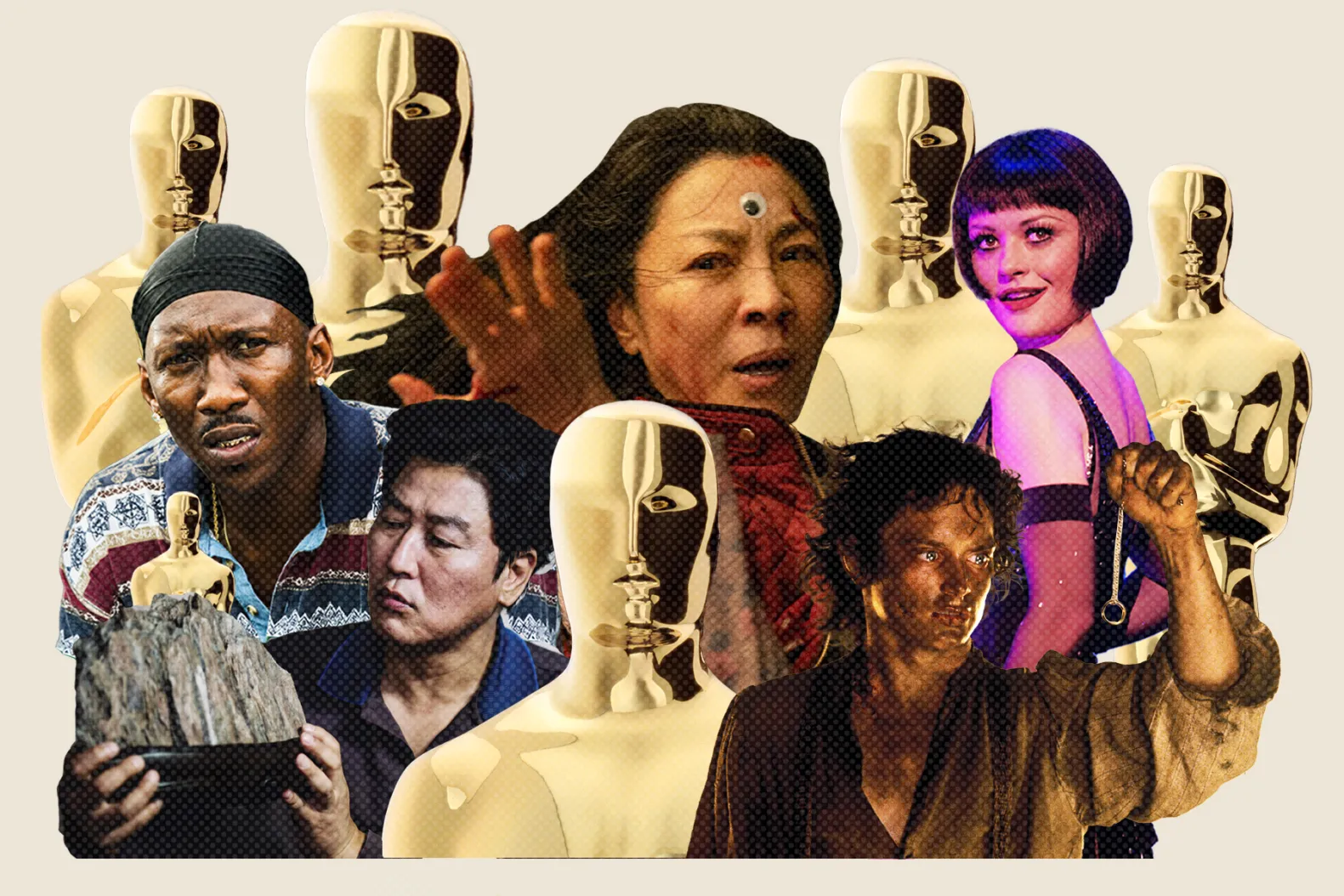Asia telah lama menjadi magnet bagi investasi asing langsung (Foreign Direct Investment/FDI) berkat pertumbuhan DAFTAR TRISULA88 ekonominya yang pesat, populasi besar, dan perkembangan teknologi yang cepat. Namun, dalam beberapa tahun terakhir, terjadi pergeseran menarik dalam lanskap investasi asing di Asia. Dua negara yang kini memimpin tren baru dalam hal penerimaan dan pengelolaan investasi asing adalah Jepang dan Korea Selatan.
Meskipun Cina dan India masih menjadi pemain besar dalam arus modal asing, Jepang dan Korea Selatan berhasil menarik perhatian investor global dengan pendekatan inovatif, stabilitas ekonomi, dan peran strategis mereka dalam rantai pasokan global. Negara-negara ini tidak hanya menjadi destinasi investasi, tetapi juga aktor aktif dalam mengarahkan arus modal ke sektor-sektor strategis.
Kebangkitan Jepang dalam Investasi Asing
Jepang, yang selama beberapa dekade dikenal sebagai negara eksportir investasi, kini mengalami kebangkitan sebagai penerima investasi asing. Beberapa faktor yang mendorong tren ini antara lain:
- Reformasi Ekonomi dan Regulasi
Pemerintah Jepang di bawah kepemimpinan Perdana Menteri Fumio Kishida telah mendorong reformasi struktural untuk menciptakan lingkungan bisnis yang lebih ramah terhadap investor asing. Deregulasi sektor teknologi, energi terbarukan, dan keuangan telah membuka pintu lebih lebar bagi masuknya FDI. - Teknologi dan Inovasi
Jepang tetap menjadi pemimpin global dalam bidang teknologi tinggi, robotika, dan otomotif. Investor asing melihat potensi kolaborasi dengan perusahaan-perusahaan Jepang untuk mempercepat inovasi, khususnya dalam pengembangan kendaraan listrik dan kecerdasan buatan. - Stabilitas Politik dan Ekonomi
Dibandingkan dengan beberapa negara Asia lainnya, Jepang menawarkan stabilitas politik dan sistem hukum yang kuat, yang membuat investor merasa lebih aman dalam menanamkan modal jangka panjang.
Korea Selatan: Magnet Baru untuk Investasi Teknologi
Korea Selatan telah muncul sebagai kekuatan baru dalam menarik investasi asing, terutama di sektor teknologi, hiburan, dan manufaktur berteknologi tinggi. Negara ini menunjukkan pertumbuhan signifikan dalam jumlah proyek FDI sejak awal 2020-an. Faktor-faktor pendukungnya antara lain:
- Dominasi Industri Teknologi
Perusahaan raksasa seperti Samsung dan LG tidak hanya menarik investor untuk kolaborasi, tetapi juga menciptakan ekosistem yang mendukung inovasi teknologi. Pemerintah Korea juga aktif mengembangkan klaster teknologi, termasuk “Digital Valley” di Seoul dan kawasan industri AI di Pangyo. - Budaya Pop dan Ekonomi Kreatif
Gelombang Hallyu (Korean Wave) telah membuka peluang investasi di industri hiburan, media digital, dan konten kreatif. Investor asing tertarik dengan pertumbuhan pesat K-pop, drama Korea, dan film yang kini menjadi komoditas ekspor budaya bernilai tinggi. - Insentif Pemerintah
Korea Selatan menawarkan berbagai insentif bagi perusahaan asing, termasuk keringanan pajak, subsidi riset dan pengembangan, serta kemudahan perizinan. Hal ini membuat negara tersebut sangat kompetitif dalam menarik modal asing, khususnya dari Amerika Serikat dan Eropa.
Persaingan dan Kolaborasi Regional
Meskipun Jepang dan Korea Selatan bersaing dalam banyak sektor, keduanya juga membentuk pola kolaborasi yang menarik. Contohnya, perusahaan Jepang dan Korea banyak melakukan joint venture dalam bidang semikonduktor dan mobil listrik. Kerja sama ini menjadi penting untuk menghadapi tantangan global seperti krisis pasokan chip dan kebutuhan akan teknologi ramah lingkungan.
Sementara itu, meningkatnya ketegangan geopolitik di kawasan Asia Timur, terutama antara Cina dan negara-negara Barat, juga mendorong investor untuk mencari lokasi alternatif yang lebih stabil. Jepang dan Korea Selatan, dengan aliansi kuat mereka bersama AS, menjadi pilihan strategis bagi perusahaan multinasional.
Implikasi Bagi Asia Tenggara dan Dunia
Kebangkitan Jepang dan Korea Selatan dalam arus investasi asing memberikan tekanan sekaligus peluang bagi negara-negara lain di Asia, termasuk Asia Tenggara. Negara seperti Indonesia, Vietnam, dan Thailand perlu meningkatkan daya saing dengan memperkuat infrastruktur, memperbaiki iklim investasi, dan fokus pada pengembangan SDM.
Di sisi lain, arus modal yang mengalir ke Jepang dan Korea Selatan juga dapat menciptakan peluang rantai pasokan regional, di mana perusahaan di Asia Tenggara dapat menjadi mitra manufaktur atau pemasok bahan baku.
Kesimpulan
Jepang dan Korea Selatan kini menjadi wajah baru dalam tren investasi asing di Asia. Dengan fondasi ekonomi yang kuat, kemajuan teknologi, serta kebijakan yang mendukung investor, kedua negara ini berhasil menarik perhatian dunia. Dalam dunia yang semakin kompetitif dan terdigitalisasi, peran mereka sebagai pemimpin regional dalam arus investasi asing diperkirakan akan semakin penting dalam beberapa tahun mendatang. Bagi para investor global, Jepang dan Korea Selatan bukan hanya tujuan investasi yang aman, tetapi juga pusat inovasi dan pertumbuhan masa depan.



